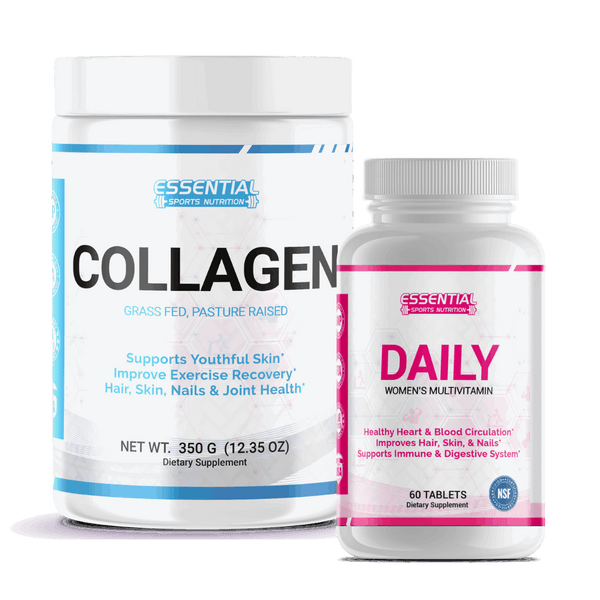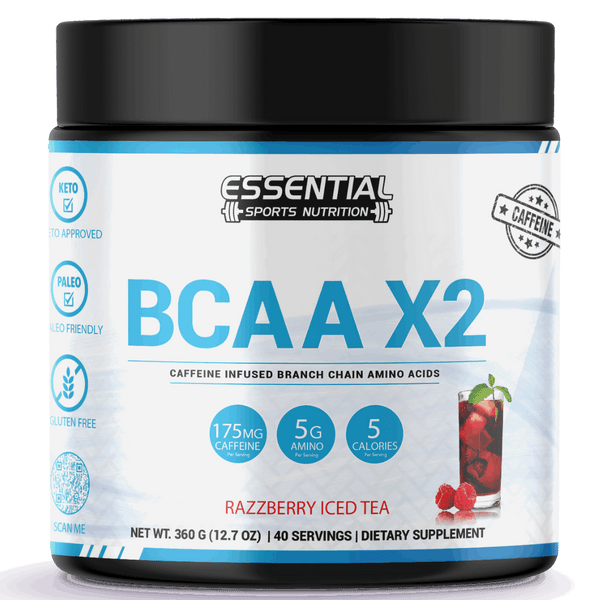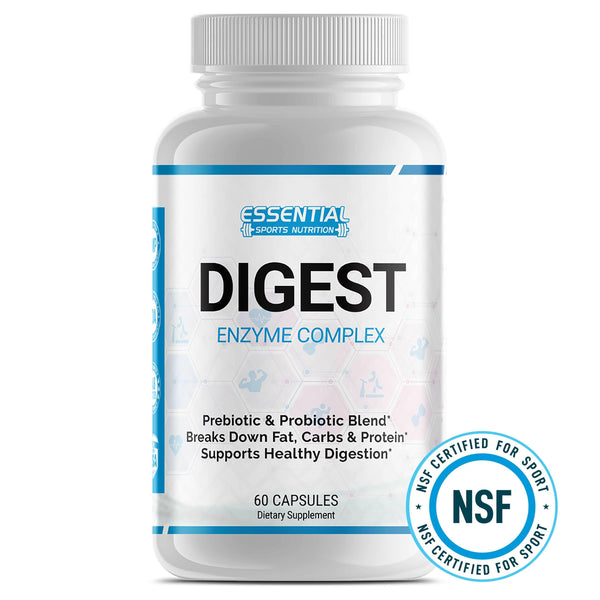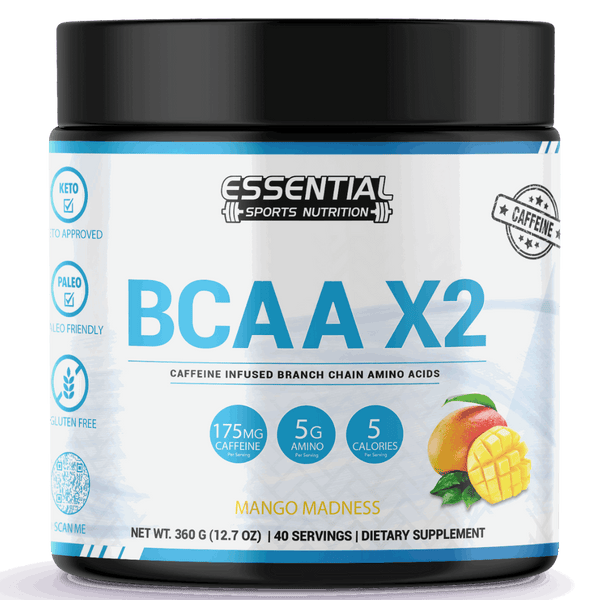Vitamin D Levels: Food High In Vitamin D to Combat Deficiency Symptoms
To naturally increase your vitamin D levels, balance sun exposure and dietary choices. Spend 10-30 minutes in the sun if you're light-skinned or up to 2 hours for darker skin, depending on the time of day and your skin pigmentation. Cloudy conditions, pollution, and sunscreen affect vitamin D synthesis, so adjust your time outdoors accordingly. Incorporate fatty fish like salmon, eggs from vitamin-D-fed chickens, and vitamin-D-fortified foods such as dairy products, cereals, and juices into your diet. This multifaceted approach supports bone health and overall well-being. As you explore these strategies further, you'll find even more insightful tips to keep your levels at their best.

Key Takeaways
- Depending on your skin type, spend 10-30 minutes in the sun daily for natural vitamin D synthesis.
- Include foods rich in vitamin D, like salmon, wild mushrooms, and fortified cereals, in your diet.
- Opt for vitamin D-fortified dairy products, soy milk, and orange juice to boost intake easily.
- During winter or low sunlight exposure, consider supplementing with vitamin D3 to maintain optimal levels.
- Monitor your vitamin D levels with regular blood tests to adjust your diet or supplementation as needed.
Understanding Vitamin D Needs

Understanding your body's Vitamin D needs is essential, as it plays an important role in calcium absorption and maintaining bone health. The recommended daily intake of Vitamin D varies, ranging from 600 to 2,000 International Units (IU), depending on individual health needs and lifestyle factors. Achieving vital blood levels of Vitamin D, which fall between 20 and 50 nanograms per milliliter (ng/ml), is key for overall well-being.
Several factors influence your body's vitamin D production, including skin tone, age, geographical location, and season. For instance, darker skin reduces vitamin D synthesis; as you age, your skin's ability to produce vitamin D from sun exposure diminishes. Additionally, living farther from the equator or during winter can greatly limit your exposure to the sun, affecting vitamin D production.
When natural production falls short, turning to dietary sources and supplements can help bridge the gap. Foods naturally rich in Vitamin D, such as fatty fish, egg yolks, and fortified foods, contribute to your daily intake. However, supplements may be necessary for many to reach the recommended levels and combat deficiency, especially when sun exposure is insufficient. Understanding these dynamics allows you to manage your vitamin D levels better and support your health.
Vitamin D from the Sun Guidelines

To optimize vitamin D production, it's important to carefully manage your sun exposure carefully, especially since factors such as time of day and skin pigmentation greatly influence synthesis efficiency. Understanding the best time and conditions for exposing your skin to sunlight can naturally enhance vitamin D levels.
Here's a quick guide to help you navigate through this process:
| Skin Type | Best Sun Exposure Time | Considerations |
|---|---|---|
| Light-skinned | 10-30 minutes | Minimal to no sunscreen during midday |
| Dark-skinned | Up to 2 hours | Increased time due to melanin's UVB absorption |
| Cloudy Conditions | Extended exposure | UVB rays can penetrate clouds, but efficiency reduces |
| High Pollution | Extended exposure | Particles in the air can block UVB rays |
| With Sunscreen | Varies | UVB blockage can hinder vitamin D production |
Foods Rich in Vitamin D
Knowing the best natural source that contains vitamin D is vital as you seek to enhance your vitamin D levels through diet. Foods like salmon, offering up to 386 IU per serving, and wild mushrooms, with as much as 2,348 IU, are exceptional for their high content. Opting for eggs from chickens fed vitamin-D-enriched grain or pasture-raised can substantially contribute to your daily intake, alongside fortified options like dairy products, cereals, and juices.
Vitamin D Foods Overview
Incorporating foods rich in vitamin D, such as fatty fish and egg yolks, into your diet is a natural way to boost your intake of this essential nutrient. Fatty fish, including salmon, mackerel, and herring, are among the best vitamin D sources. For instance, salmon provides up to 526 IU per 3.5-ounce serving, making it a powerhouse for enhancing vitamin D levels. Additionally, cod liver oil, with 450 IU per teaspoon, offers a concentrated dose of vitamin D. For convenience, canned light tuna can be a practical choice, supplying 269 IU per serving. Don't forget about egg yolks; despite being smaller in contribution, they provide 37 IU per large egg, underlining their value as a natural source of vitamin D.
Best Natural Sources of Food Fortified with Vitamin D
When aiming to enhance your vitamin D levels naturally, it's important to focus on dietary sources such as fatty fish, egg yolks, and sun-exposed mushrooms packed with this essential nutrient. Fatty fish, including salmon and mackerel, stand out as excellent natural sources, offering a substantial dose of vitamin D in just a single serving. Egg yolks from pasture-raised chickens, rich in nutrients, provide a good source, especially from chickens fed vitamin-D-enriched grain. Wild mushrooms, particularly those exposed to sunlight, can notably boost your vitamin D intake, mirroring the effects of sun exposure on human skin. Additionally, fortified foods like dairy products, cereals, juices, and canned salmon offer convenient ways to increase your vitamin D levels, making them key components in a vitamin D-rich diet.
The Role of Fortified Foods

Fortified foods, including milk, soy milk, and orange juice, significantly boost your vitamin D levels naturally. These convenient options are not just everyday staples but are also enriched with essential nutrients to help you meet your daily needs.
Here's how these fortified foods can increase your vitamin D levels:
-
Milk and Soy Milk: These beverages are fortified with vitamin D, making them a perfect choice for breakfast or any meal of the day. Whether pouring them over cereal or drinking them straight, they're an easy way to enhance your intake.
-
Orange Juice: A glass of fortified orange juice can be a refreshing and tasty way to start your day with a dose of vitamin D, especially for those who prefer something other than milk.
-
Cereals and Oatmeal: Many cereals and oatmeal varieties are fortified with vitamin D. They offer a double benefit when combined with fortified milk or soy milk, amplifying your vitamin D intake.
-
Vitamin D-Fortified Beverages: In addition to milk and orange juice, other fortified drinks are available, catering to diverse tastes and dietary preferences.
Regularly incorporating these fortified foods into your diet is a straightforward strategy to ensure you're meeting your daily vitamin D needs, supporting your overall health and well-being.
Vitamin D and Skin Type

Your skin type plays a vital role in how efficiently your body can produce vitamin D from sunlight. If you have lighter skin, you'll need less sun exposure to generate an adequate amount of vitamin D, while those with darker skin, due to higher melanin levels, require more time under the sun to achieve similar results. Understanding this balance is key in naturally optimizing your vitamin D levels without risking overexposure.
Sun Exposure Duration
Determining the best duration for sun exposure to enhance vitamin D production depends greatly on one's skin type and pigmentation. Understanding your individual skin tone is essential for achieving adequate vitamin D levels without compromising skin health. Here's a quick guide:
- Light-skinned individuals May need only 8–15 minutes of sunlight exposure.
- Darker skin tones: Require longer exposure due to pigmentation filtering UV rays more effectively.
- Skin type: Influences the rate at which you produce vitamin D from sunlight.
- Optimal time: Varies, so knowing your skin type helps determine the best duration for sun exposure to boost vitamin D efficiently.
Adapting your sun exposure duration based on these factors maximizes vitamin D production while minimizing skin damage.
Skin Pigmentation Impact
Skin pigmentation prominently influences your body's capacity to produce vitamin D from sunlight exposure, with darker skin requiring more time to synthesize the same amount due to higher melanin levels. This melanin acts like a natural sunscreen, greatly reducing the skin's ability to absorb UVB rays necessary for vitamin D synthesis. If you have darker skin, you might need up to six times more sun exposure than those with lighter skin tones to generate an equivalent amount of vitamin D. This highlights the profound impact of skin pigmentation on the body's ability to harness sunlight for health benefits. Understanding this can guide you in adjusting your sun exposure time to guarantee your skin's ability to produce vitamin D is optimized, regardless of your skin pigmentation.
Seasonal Affects on Vitamin D

As winter approaches, it's important to understand how the season's diminished sunlight exposure greatly reduces your body's ability to produce vitamin D. The seasonal swing into shorter days impacts your vitamin D levels more than you might realize.
Here are four essential facts to take into account:
- Vitamin D production drops during the winter months due to reduced sunlight exposure, making it essential to find alternative sources.
- Your geographical location plays a significant role, as those living at higher latitudes may experience more severe seasonal decreases in vitamin D synthesis.
- Seasonal Affective Disorder (SAD), a type of depression that comes and goes with the seasons, may also be influenced by these fluctuating vitamin D levels.
- Counteracting these declines can be achieved by supplementing with vitamin D or incorporating more fortified foods into your diet.
Understanding the impact of seasonal changes, especially in winter, on your vitamin D production is key. The challenge is greater but manageable for those in areas with significant seasonal shifts. By recognizing these factors and adjusting your intake through supplements or diet, maintaining the best vitamin D levels year-round becomes achievable.
Safe Sunscreen Practices

When aiming to increase your vitamin D intake through sun exposure, adopting safe sunscreen practices is important to protect against harmful UV rays without compromising your health. Utilizing essential broad-spectrum sunscreen with an SPF of 30 or higher is vital for safeguarding your skin from the full range of UV rays. These sunscreens prevent sunburn and minimize your risk of sun damage, which can lead to premature aging and skin cancer.
Before stepping out into the sunlight, apply sunscreen at least 15 minutes in advance, allowing it to absorb into your skin fully. Remember to reapply every two hours, or more frequently if you're swimming or sweating, to maintain the best protection. Opt for mineral-based sunscreens containing zinc oxide or titanium dioxide. These ingredients offer a safe and effective barrier against UV radiation without the health risks associated with chemical sunscreens.
Reef-safe options are available for those concerned about the environmental impact of their sunscreen choices. These formulations are free from chemicals that can harm marine life and ecosystems. Additionally, selecting a water-resistant sunscreen ensures that you remain protected during extended outdoor activities, maintaining your skin's defense against potential sun damage while you enjoy the natural sunlight to boost your Vitamin D levels.
Supplementing Vitamin D Wisely

To effectively boost your vitamin D levels, it's imperative to understand that vitamin D3 supplements are generally more potent than vitamin D2, making them a preferred choice for many individuals seeking to enhance their intake. Supplementing vitamin D wisely involves several key considerations:
- Choosing the Right Type: Opt for D3 supplements as they are more effective at raising vitamin D levels. If you're following a vegan lifestyle, look for vegan-friendly options like D2 or vegan D3 derived from lichens.
- Determining the Safe Daily Dose: Most individuals can safely consume between 1,000–4,000 IU of vitamin D daily. However, the exact dosage should be tailored to your current vitamin D levels.
- Adjusting Dosage as Needed: It's crucial to adjust your dosage based on your current vitamin D levels. Too little won't be effective, while too much can lead to adverse effects.
- Consulting a Health Professional: Always consult a health professional to guide you in supplementing wisely and safely raising your vitamin D levels.
Monitoring Your Vitamin D Levels

Regularly monitoring your vitamin D levels through blood tests can accurately determine if your dietary intake or supplementation strategy needs adjustment. This critical process involves a specific blood test, known as the measurement of 25-hydroxyvitamin D, which is the most accurate reflection of your vitamin D status. Optimal levels are generally considered to be between 20 and 50 ng/ml. Staying within this range is crucial for your overall health.
Especially if you're at risk of deficiency—perhaps because you have darker skin, which naturally synthesizes less vitamin D from sunlight, or you spend a lot of time indoors—it's essential to keep an eye on these numbers. Regular testing can guide whether you need to tweak your diet or introduce a supplementation regimen to boost your levels.
Consulting a healthcare provider is key in this monitoring process. They can order the necessary testing and offer personalized guidance based on your results. This tailored approach ensures that any adjustments to your vitamin D intake are both safe and effective, helping you maintain optimal levels for your health over time.
Conclusion

Forms of Vitamin D and Ways to Increase Vitamin Intake FAQs
Q: How can I increase my vitamin D levels naturally?
A: You can increase your vitamin D levels naturally by spending time in the sun, eating foods high in vitamin D, and taking a vitamin D supplement if needed.
Q: What amount of vitamin D is recommended for daily intake?
A: The recommended daily intake of vitamin D varies depending on age and sex, but generally, adults need around 600-800 IU of vitamin D per day.
Q: Are there foods that are naturally fortified with vitamin D?
A: Yes, some foods are naturally rich in vitamin D, such as fatty fish (salmon, mackerel, tuna), egg yolks, fortified dairy, and plant-based milk.
Q: How much vitamin D should I take to prevent deficiency?
A: Getting enough vitamin D from food sources and supplements is recommended to prevent vitamin D deficiency, as deficiency symptoms can occur with low vitamin D levels.
Q: Is vitamin D important for calcium absorption?
A: Yes, vitamin D is important for calcium absorption. It helps the body use calcium from the diet effectively for bone health.
Q: Can I get enough vitamin D from the sun alone?
A: Spending time in the sun can help increase vitamin D levels, but factors like skin color, season, and geographic location can affect how much vitamin D you absorb from the sun.
Q: Should I take a vitamin D supplement if I don't get enough from food?
A: If you cannot get enough vitamin D from food sources and sun exposure, a daily supplement of vitamin D may be recommended to meet your requirements.
Q: How Can I Raise My Vitamin D Levels Quickly?
A: To raise your vitamin D levels quickly, spend about 15 minutes in the sun daily, eat vitamin D-rich foods like fatty fish, and consider supplements. If sunlight's scarce, try UV lamps, but consult a healthcare provider first.
Q: How Long Does It Take to Raise Vitamin D Levels?
A: Raising your vitamin D levels will typically take 8-10 weeks of consistent sun exposure. Factors like skin tone, age, and location can affect this timeframe. Regular blood tests can help monitor progress.
Q: What Foods Are Highest in Vitamin D?
A: Fatty fish like salmon and mackerel are practically bursting with vitamin D. Don't overlook egg yolks from pasture-raised chickens and wild mushrooms, which can be sunshine on a plate, alongside fortified dairy and cereals.




























